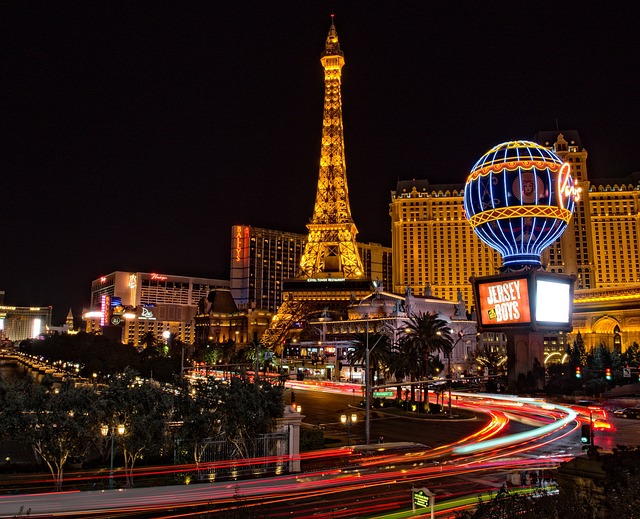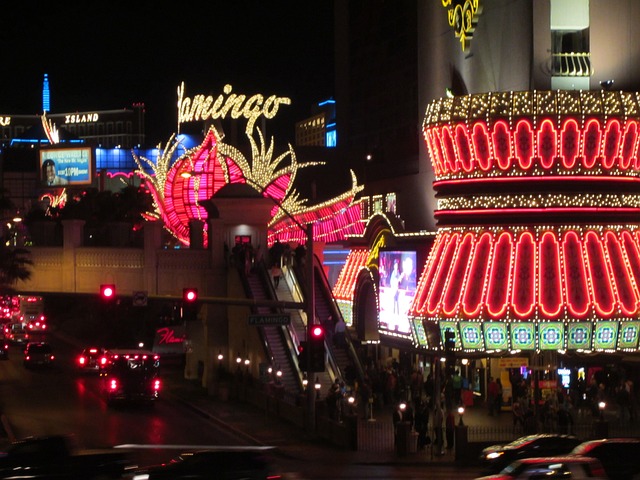Casinos have long been a tantalizing setting for filmmakers, offering a backdrop of glamour, risk, and high stakes that naturally lends itself to dramatic storytelling. From classic heists to high-stakes poker, films have played a pivotal role in shaping public perceptions of casino culture. This article examines how casinos have been portrayed in cinema over the years, highlighting the evolution from early portrayals to modern-day depictions.
The Golden Era: Glamour and Mystery
In the golden era of Hollywood, casinos were often depicted as glamorous and mysterious places. Films like “Casino Royale” (1967) presented the casino as a playground for the suave and sophisticated. This film, among others, helped cement a public perception of casinos as places where anyone could rub shoulders with the elite and escape the mundane aspects of everyday life.
This atmosphere of excitement and luxury has become the main symbol of the casino. And now, in addition to its manifestation in real casinos, it can even be found in online casinos, for example, as at HellSpin. Where you can play your favorite games, with bright colors, luxurious music and real dealers, like in a real casino of the golden era.
The Rise of the Casino Heist

As cinemas evolved, so did the portrayal of casinos. The release of “Ocean’s Eleven” in 2001 marked a significant shift. This film, with its star-studded cast and slick production, showcased the casino as the ultimate setting for the high-stakes heist. It highlighted the thrill of outsmarting the system, focusing on the clever and often morally ambiguous tactics used by the protagonists to achieve their goals. This portrayal appealed to viewers’ deeper fascination with the idea of beating the casino at its own game.
The Dark Side: Criticism and Reality
While many films glamorize the casino experience, others provide a more critical take on the gambling industry. “The Gambler” (1974), for example, explores the darker, more addictive aspects of gambling. It portrays the casino not just as a place of glamour, but as a setting where lives can be destroyed. This film challenges the more glamorous portrayals and prompts audiences to consider the potential consequences of gambling addiction.
Accuracy vs. Hollywood
While movies like “Ocean’s Eleven” are thrilling to watch, they don’t always present an accurate picture of how casino operations and security work. These films tend to simplify or overlook the complex reality of pulling off a casino heist. Meanwhile, movies like “The Gambler” show a more realistic side of gambling—the personal costs. However, even these films can exaggerate the negativity for dramatic impact.
Impact on Public Perception and Behavior

The way casinos are shown in movies really shapes what people expect from them. For some, films inspire a search for the glitz and glamour they see portrayed. Others approach gambling more cautiously, influenced by the sobering stories depicted in movies. Furthermore, these portrayals can mislead newcomers about the risks of gambling, sometimes encouraging them to take bigger risks without understanding the real odds.
Conclusion: The Role of Cinema in Casino Culture
Cinema has significantly influenced the way we perceive casinos today. Portraying them now as a charming refuge, now as disturbing pockets of despair. These images not only reflect, but also shape the views of our society on gambling. As viewers, we must be able to distinguish reality from the fiction of cinema. And to understand how these images affect our perception of the real casino gaming process. The charm of casinos in movies is irresistible. However, it is important for us to see the difference between Hollywood dramatizations and the reality of gambling. Realizing this is the key to a responsible attitude towards casino culture.
